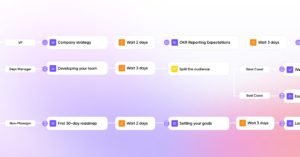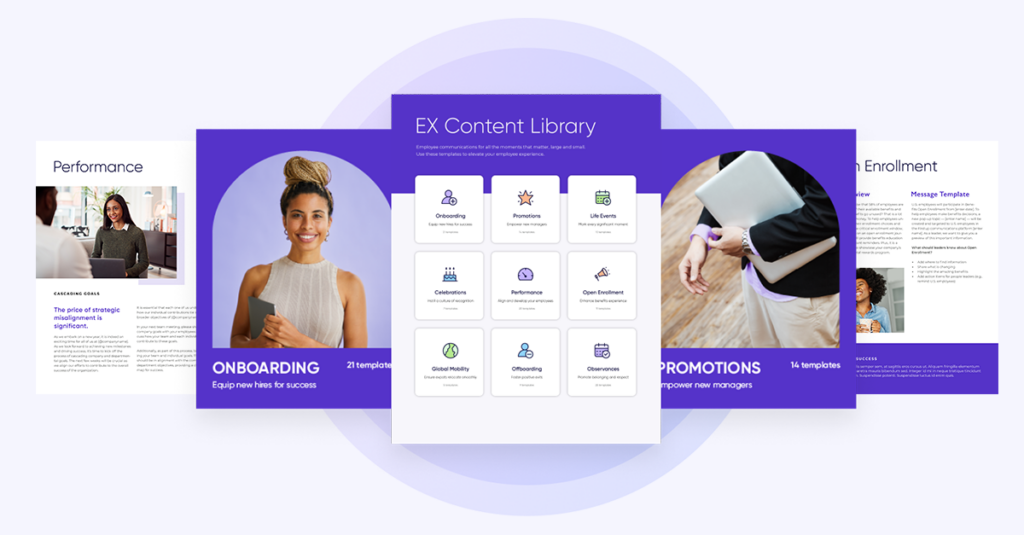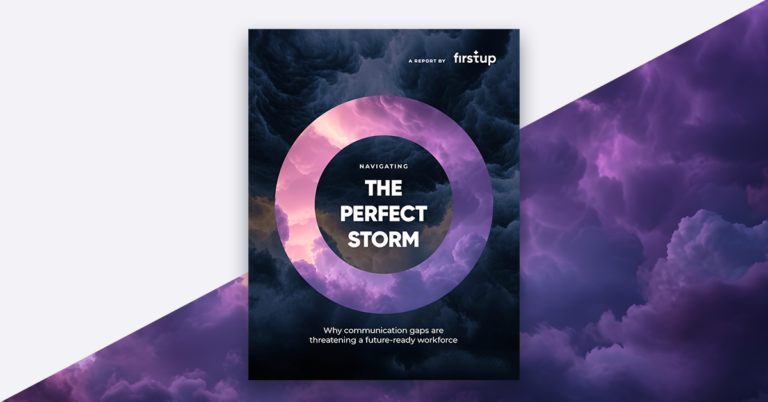The perceived importance of earned media to brands is arguably at an all-time high, and for good reason. As the effectiveness of online advertising is being debated, 66% of people say they trust content from media outlets where just 47% trust content from ads that appear in online search results. The growth in the usage of ad blockers (11% of the global population used them last year) is also driving brands to pursue earned media opportunities to help convey their brand messages and promote their products and services.
While the importance of earned media is not in question, the value that it delivers to brands is very much in the air for many companies. Most organizations rely on flimsy metrics like impressions, sentiment, or poorly sourced share of voice assessments to try to represent earned media value. Some still use a ruler to create advertising value equivalencies (AVEs) that assign monetary values to earned media based on the cost to advertise on a page multiplied by the size of the article.
Even the best attempts at providing a value for earned media placements typically ignore the impact those articles, radio, or television mentions have on the employees of an organization. Productivity losses from employees or an increase in the difficulty for making new hires are both areas that can be directly tied to an organization’s bottom line and are also areas that can be impacted by earned media. A CareerBuilder survey conducted last summer showed that positive news articles contributed to higher morale among employees—more job offers being accepted and lower voluntary employee turnover. The survey also found that a shocking 71% of U.S. workers would not apply to a company that is experiencing negative earned media.
Even though organizations strive for positive earned media mentions, receiving negative media mentions doesn’t mean all is lost from an employee engagement standpoint. Whether it is a crisis situation or simply wanting to get ahead of a known negative media cycle, organizations can take some clear steps to make sure earned media produces the most positive outcomes possible for their employees:
- Share earned media mentions in real time. Even if it’s bad news, employees want to know what is going on. A lack of communication is one of the biggest drivers of a poor corporate culture within organizations.
- Provide the same version of the story to employees that you do to media. Employees are news consumers as well, and probably even more so when it comes to articles about their employer. Keep the stories straight, and don’t let there be any surprises coming from outside the organization when they could have easily been communicated internally.
- Don’t be afraid to correct a misleading media narrative with employees. The media doesn’t get it right all the time, and standing up for your brand can win big points among customers and employees alike. Providing verifiable facts and having the message come from a trusted source within the organization will increase the chances of successfully combating a misleading media narrative.
- Give employees opportunities to provide feedback about earned media. While this may seem like a no-brainer for negative news, don’t forget to discuss positive news with them as well. The feedback can be gathered during annual employee engagement surveys or by letting them provide their thoughts over internal channels.
- Don’t require that employees share earned media over their social channels. The recent push to create “employee brand advocates” can also turn employees away from sharing positive earned media mentions if the program or policy is too aggressive. For employee brand advocacy to be most effective, it needs to be authentic, and there is nothing less authentic than employer mandated social media sharing.
The next time you are out to prove the value of earned media for your organization, don’t forget about the real impact it is having on the organization’s employees. In many ways, the impact will be more sudden and longer lasting with employees than it will be with customers.

Matt leads the global Research and Insights function for LEWIS where his team produces brand thought leadership, communication and business strategy research, and media measurement methodologies. He formerly served as the head of research and analysis for InfoComm International, and as a project manager for the Ethics and Compliance Initiative where he created culture indices and employee engagement research for organizations. Past and current clients include Infosys, Mulesoft, Scala, Lockheed Martin, AMEX, Shure, Wedbush and the US Department of Defense.
Download PDF








